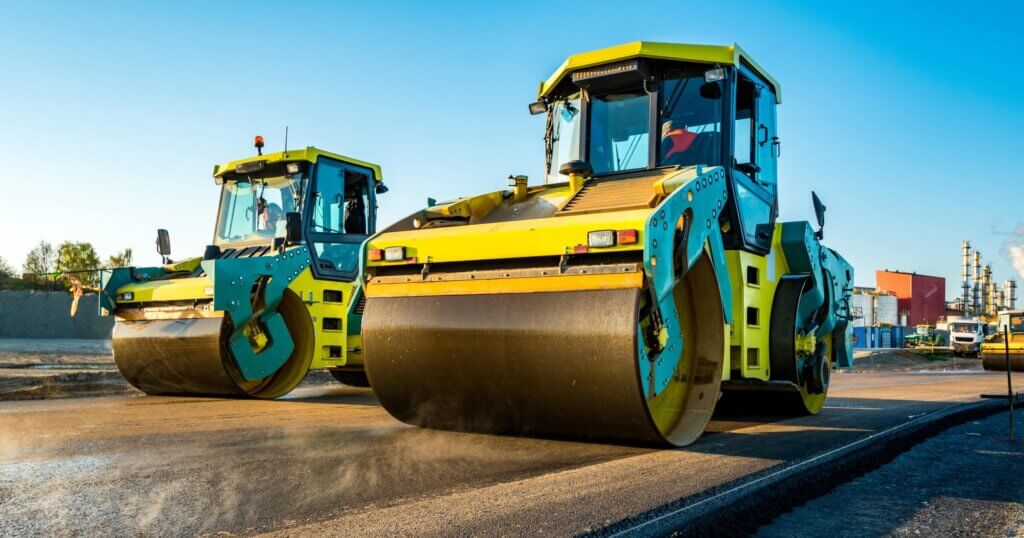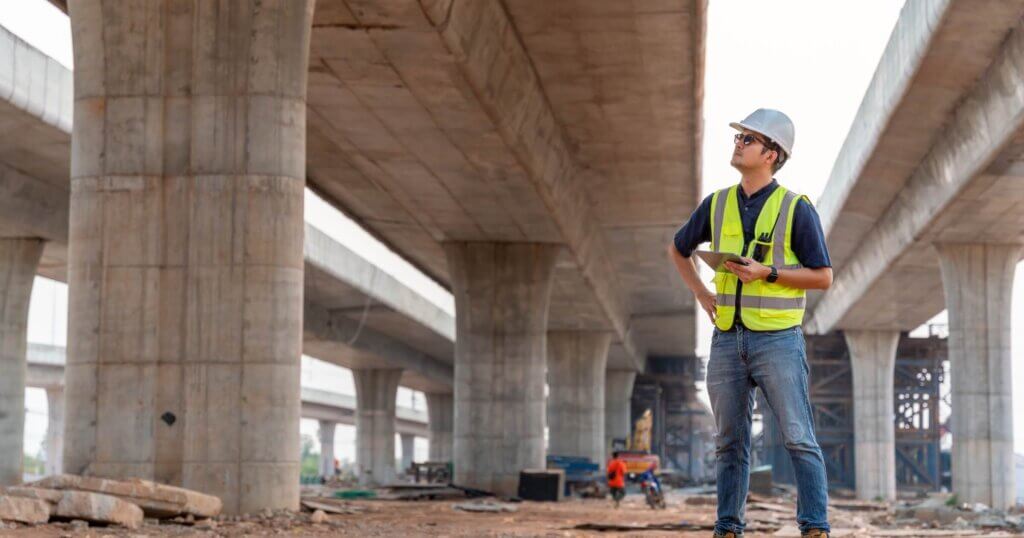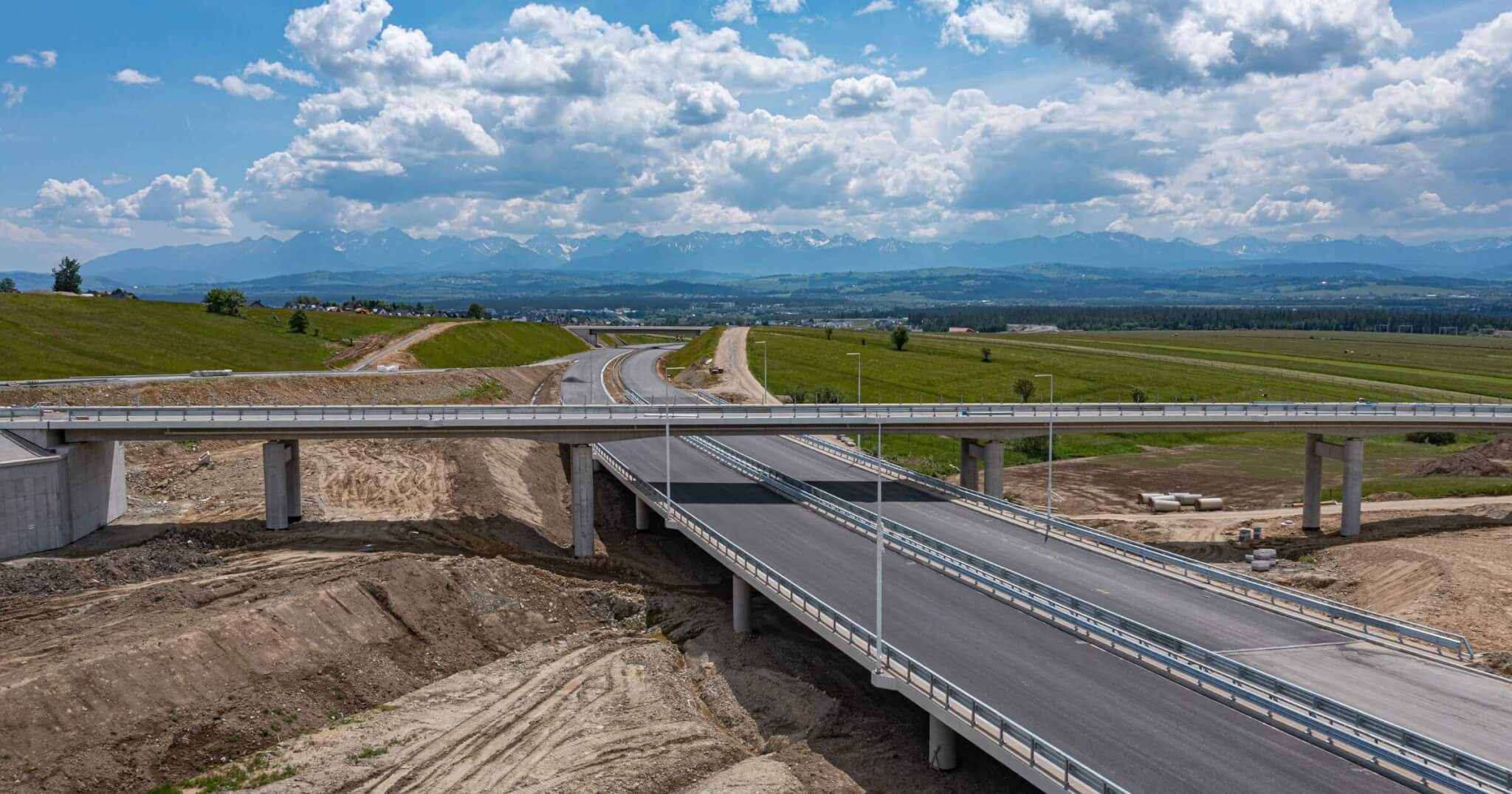If you’re working in public infrastructure, urban planning, or construction—or just wondering what goes into those mile-long stretches of highway—the price tag might surprise you. Building a single lane of road isn’t cheap, and the final cost depends on everything from where it’s built to how wide the lanes are. Still, some solid averages can help you get a sense of the numbers.
Quick look:
- Highway lane costs range from $2M in rural areas to over $15M in urban zones
- Major cost drivers include location, terrain, materials, lane width, and project scope
- Urban projects are more expensive due to utility relocations, land acquisition, and permitting
- Repairing existing roads often yields better ROI than new highway construction
How much it costs to build a mile of road
Road construction costs aren’t set in stone, literally or figuratively. Costs can vary significantly depending on where you’re building, the level of development in the area, and the type of road you’re installing. That said, some ballpark figures can help you understand the cost per mile of highway.
According to Compass International and data shared by Midwest Industrial Supply, a rural two-lane road typically runs between $2 million and $3 million per mile. These lower costs reflect fewer right-of-way issues, simpler engineering, and less traffic disruption.

Move that same construction into a more urban environment, and you’re likely looking at $3 million to $5 million per mile, sometimes even higher. That’s because city builds often involve utility relocations, traffic management plans, and more complex permitting and land acquisition.
These figures usually include:
- Materials (asphalt or concrete)
- Labor and equipment
- Site grading and drainage
- Engineering and design work
- Utility relocation (in urban zones)
- Land acquisition or right-of-way clearing (if needed)
Keep in mind: these are just estimates for standard lanes. Highways, bridges, overpasses, and other infrastructure layers can send costs soaring beyond these base numbers.
Breakdown of cost based on size and type of lane
The number of lanes, traffic flow, and location all play a significant role in determining the cost of a mile of road. The more lanes you add, the more materials, labor, and planning you’ll need, especially in dense, urban areas.

Here’s a rough cost breakdown per mile based on road size and type:
- Two-lane undivided rural road: $2 – $3 million
- Two-lane urban road: $3 – $5 million
- Four-lane highway in rural areas: $4 – $6 million
- Four-lane divided highway in urban areas: $6 – $10 million
- Six-lane urban highway: $8 – $12 million
- Eight-lane urban freeway: $10 – $15+ million
These highway construction estimates account for major cost drivers, such as earthwork, drainage, base and surface layers, signage, and striping. Still, they don’t include add-ons like bridges, lighting, or traffic signals, which can add millions more.
Factors that affect the cost of building a lane of highway
When it comes to road construction, a variety of factors can influence costs. Beyond just lane count, factors such as geography, regulations, and material choices can significantly impact a budget.
Here’s a closer look at what impacts the final price tag:
- Location: Buildings in urban areas typically come with higher land acquisition costs, more traffic management challenges, and stricter permitting requirements. There is also the added cost of relocating underground utilities, which can become expensive quickly.
- Terrain: Flat, stable land is a lot easier—and cheaper—to build on. If you’re dealing with hills, wetlands, or rocky ground, expect to pay more for grading, drainage systems, retaining walls, and specialized equipment.
- Type of construction: New highway construction tends to be more costly than resurfacing or lane-widening projects. That’s because it involves everything from clearing land and laying foundations to building new infrastructure, such as bridges or culverts.
- Number of lanes: More lanes mean more materials, more equipment, more time, and more labor. Even adding just one lane can significantly bump up the price per mile.
- Lane width: Standard lanes are approximately 12 feet wide, but this may vary depending on the road type or local regulations. Wider lanes require more materials, while narrower ones may need extra safety features to meet modern standards.
- Materials used: Asphalt is often less expensive upfront and quicker to install, making it a go-to for many projects. Concrete, on the other hand, costs more initially but tends to last longer with less maintenance, making it a better long-term investment in some cases.
Repairing highways can be the smarter (and cheaper) move
When budgets are tight and infrastructure is aging, the question isn’t just how much to spend; it’s where to spend it. While building new roads can seem like progress, experts argue that repairing and maintaining existing highways often offers a more significant return on investment. Here’s why fixing what we already have can make more sense than starting from scratch:
- Lower upfront costs: Full-scale highway replacements, particularly bridges and interchanges, can cost hundreds of millions. Targeted repairs, resurfacing, and spot fixes cost far less and can extend the road’s life significantly.
- Reduced long-term maintenance: Well-timed repairs can delay major reconstruction by years. That means fewer emergency fixes, less wear and tear on vehicles, and more stable long-term budgeting.
- Less disruption: Highway replacement can shut down key routes for months or even years. Repairs, on the other hand, are faster and less intrusive, minimizing headaches for commuters and surrounding communities.
- Better use of public funds: Instead of expanding infrastructure that may not be needed in the long term, maintenance focuses dollars on what’s already in place, ensuring it stays safe, functional, and cost-effective.
- Avoiding induced demand: Widening highways may seem like a solution to traffic congestion, but in many cases, it actually leads to more cars and further congestion. This “induced demand” effect has been well documented and can lead to a cycle of endless expansion and rising maintenance costs.
A growing number of experts—and studies—agree that the U.S. should adopt a “fix-it-first” approach to highway spending. Research from the National Bureau of Economic Research supports this strategy, demonstrating that maintaining and repairing existing roads yields better value than constructing new ones. With limited budgets and aging infrastructure, prioritizing repairs over expansion makes sense.
Bottom line
There’s no flat-rate sticker price for building a lane of highway. Variables such as geography, lane design, and construction scope all influence the total costs. Estimates give a solid starting point for contractors, engineers, planners, and even curious taxpayers trying to make sense of the numbers behind the pavement.
Want more insights like this delivered straight to your inbox? Subscribe to our newsletter for weekly updates, expert takes, and construction industry news that matters.



